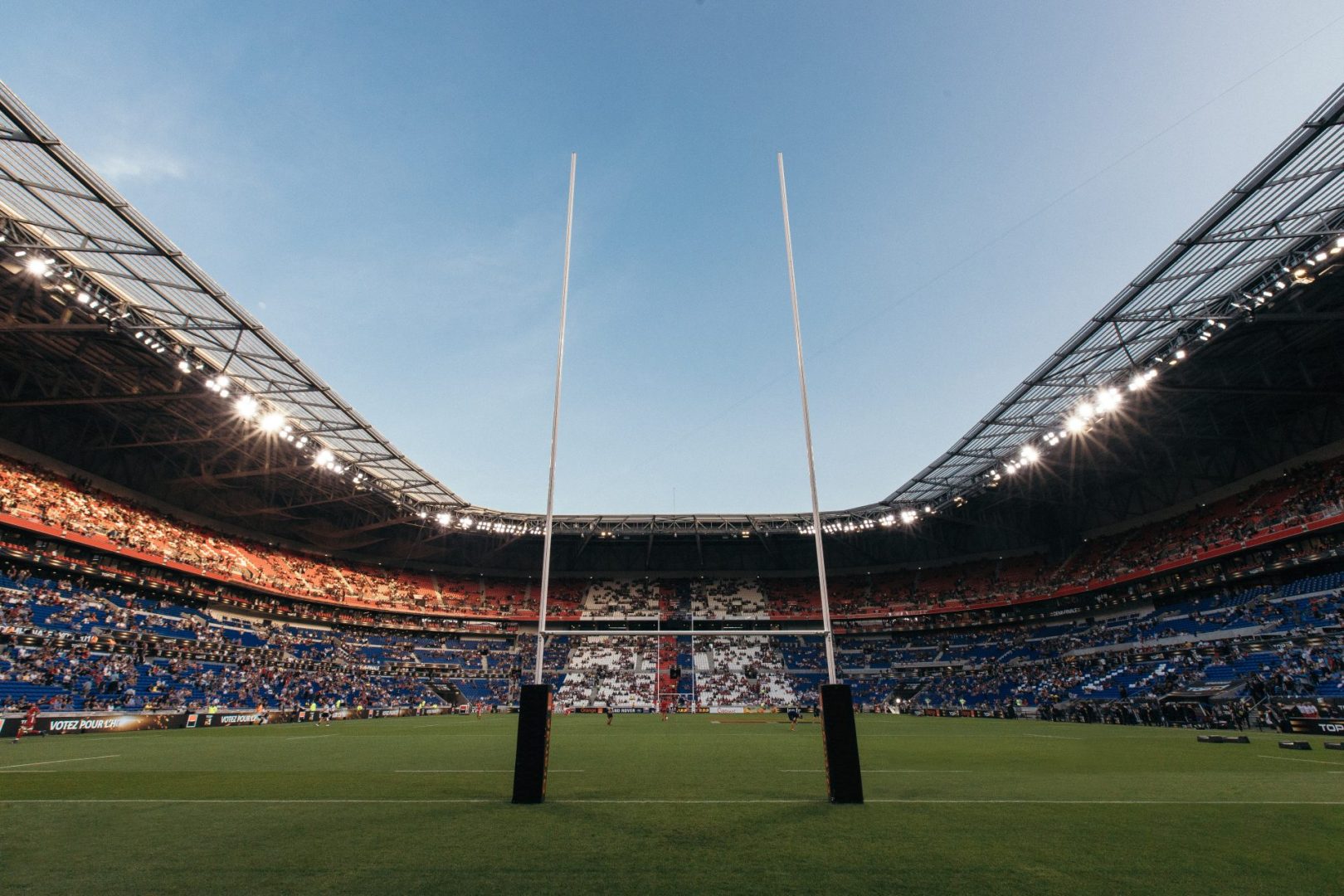
Culverts are an integral part of any urban, semi-urban or rural landscape. They are man-made structures that convey drain, streams and rivers through these landscapes, allowing essential infrastructure to be developed without having to plan around open streams and rivers. At the larger scale, the boundaries between a culvert and a bridge that crosses water are somewhat blurred. Culverts can consist of plastic or concrete pipes, masonry, or pre-cast concrete box sections.
Culvert design is based on two principles; ensuring adequate hydraulic capacity to pass the flow of water, and providing sufficient strength to carry the weight of the path, road or other overburden beneath which the culvert is laid. Over the past number of years, best practice in culvert design was generally accepted to be the CIRIA C689 design manual. That document dealt with the two main design principles; hydraulic capacity and load bearing ability.
Culvert screens are commonly placed on either the upstream entrance to a culvert or the downstream exit from the culvert. Screens on the downstream exit are designated as security screens (i.e. to keep people out), while those on the upstream end are either trash screens (to keep debris out) or combined trash/security screens (to keep both debris and people out). The design of these culvert screens can fundamentally affect the performance of the culvert. The most important design decision regarding culvert screens is whether to have a screen at all. Trash screens at the culvert entrance, if not properly designed, can become blinded during a storm event, leading to a complete inability of the culvert in performing is primary function, to pass the flow to the downstream end. On the other hand, trash screens sited a short distance upstream of the culvert entrance can be designed to capture debris, overtop and pass ‘filtered’ flow to the culvert itself. This type of ‘sacrificial’ screen can be very beneficial in preventing flooding but is only possible if the river channel, above the top of the screen, has the hydraulic capacity to pass the storm flow.
Climate change is leading to an increase in incidents with blockage at culvert screens, leading to localised flooding close to the culvert entrance. High intensity rainfall generates high runoff rates, which in turn mobilises debris in the catchment that may not have been mobilised with lower flows rates. In Ireland, there have been some high-profile examples of the effects that this can cause, such as at Dundrum Town Centre, or at Letterkenny Hospital. This puts the proper design of culvert screens into sharp focus. In recent years, the design of the culvert screen is being accepted as being as important as the design of the culvert itself. The UK Environment Agency’s Trash and Security Screen Guide, published in 2009, was a step change in the proper design of culvert screens, while in December 2019 the details of that guide were amalgamated with CIRIA C689 into one unified design guide, CIRIA C786 Culvert Screen and Outfall Guide.
It is incumbent on engineers to adhere to this best practice document in the design of new culverts, but also to properly take account of the potential flood risks associated with existing culverts; many of which are ‘out of sight, out of mind’ in our urban landscapes.



